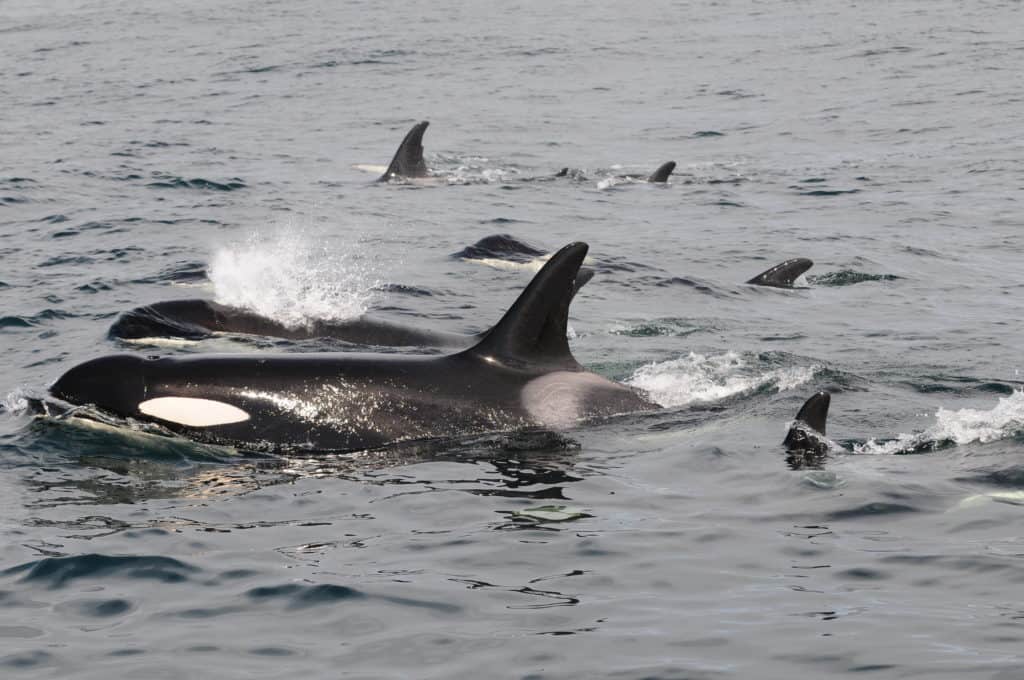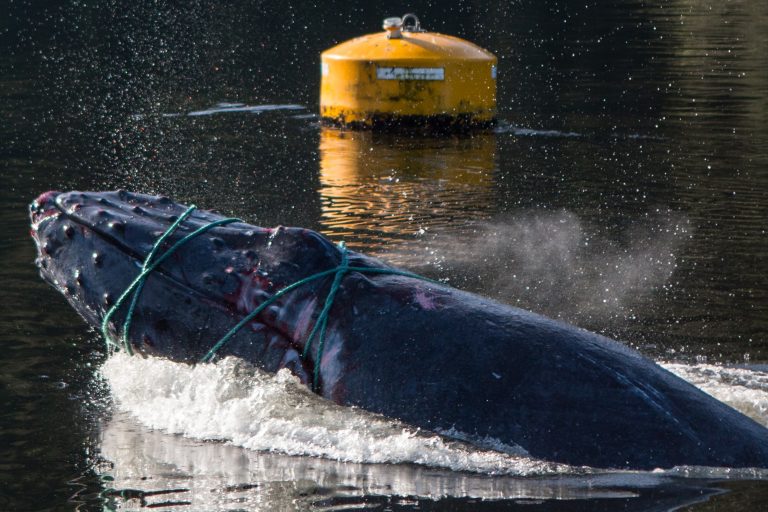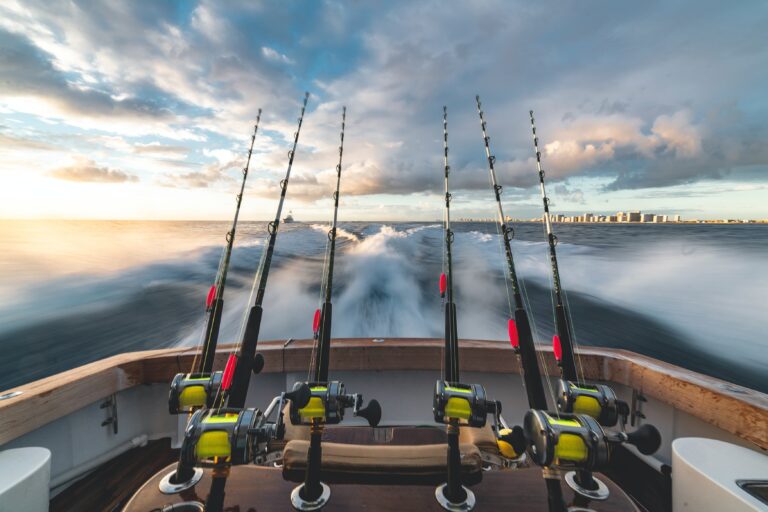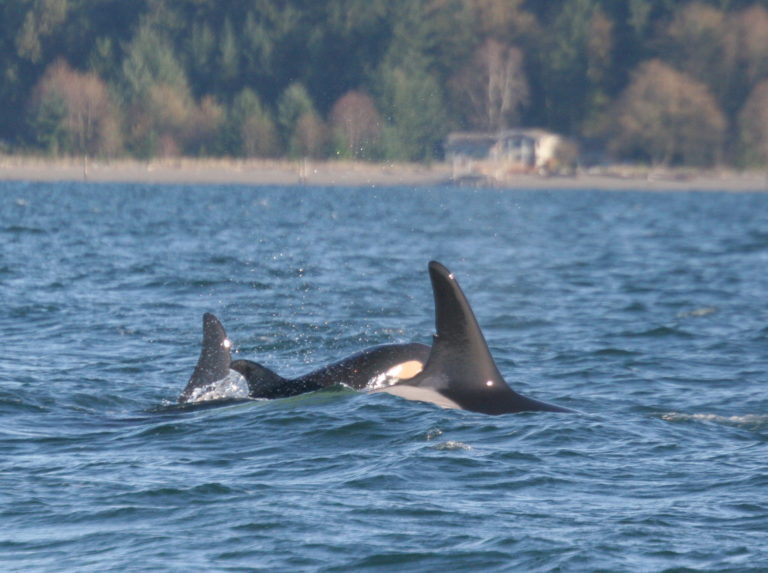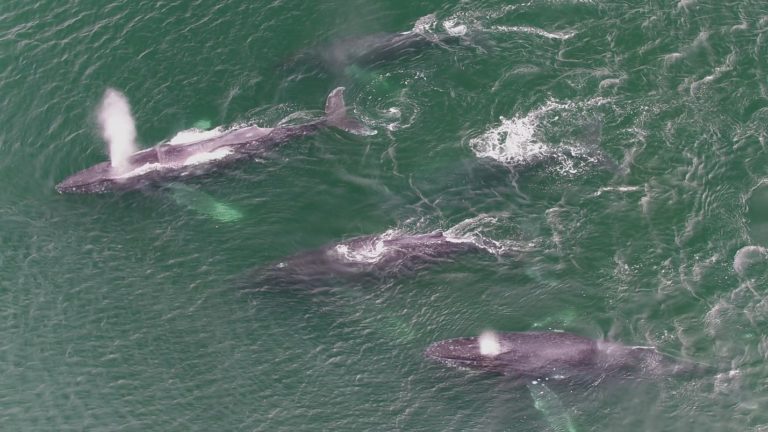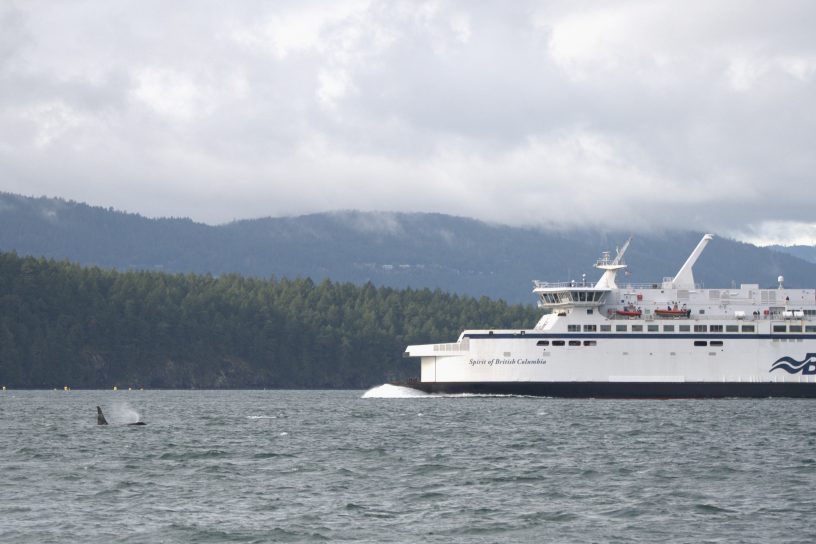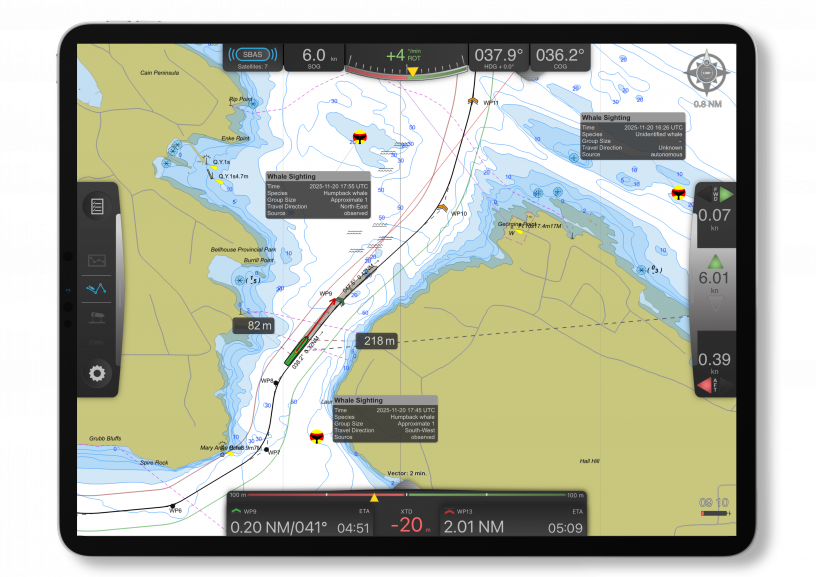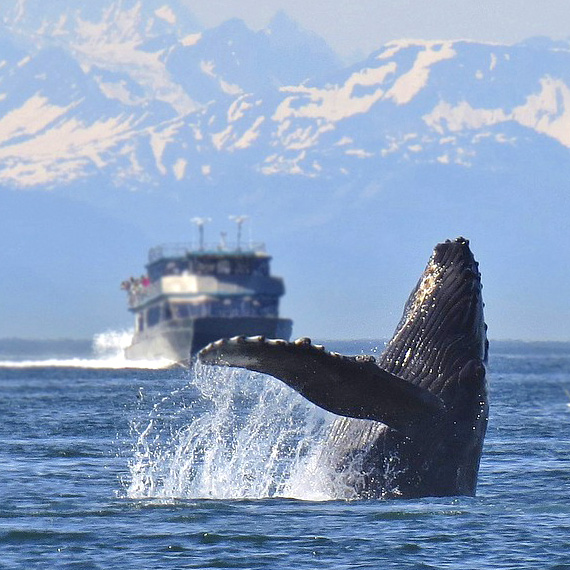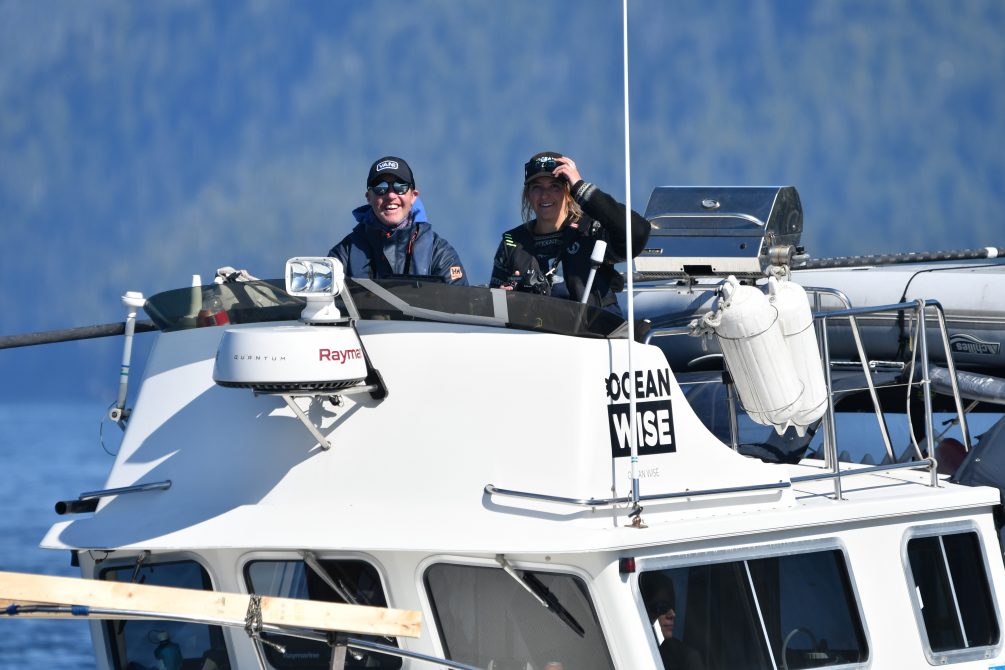
Teamwork Makes the Dream Work!
Earlier this month our North Coast and South Coast field teams met up to collaborate on some fieldwork for the first time! Our Southern field team braved fog, rain, and the notorious Cape Caution to bring the faithful research vessel Skana all the way up the coast of British Columbia, from Victoria to Prince Rupert. Once there, they met with our Northern field team and headed off to study some whales.
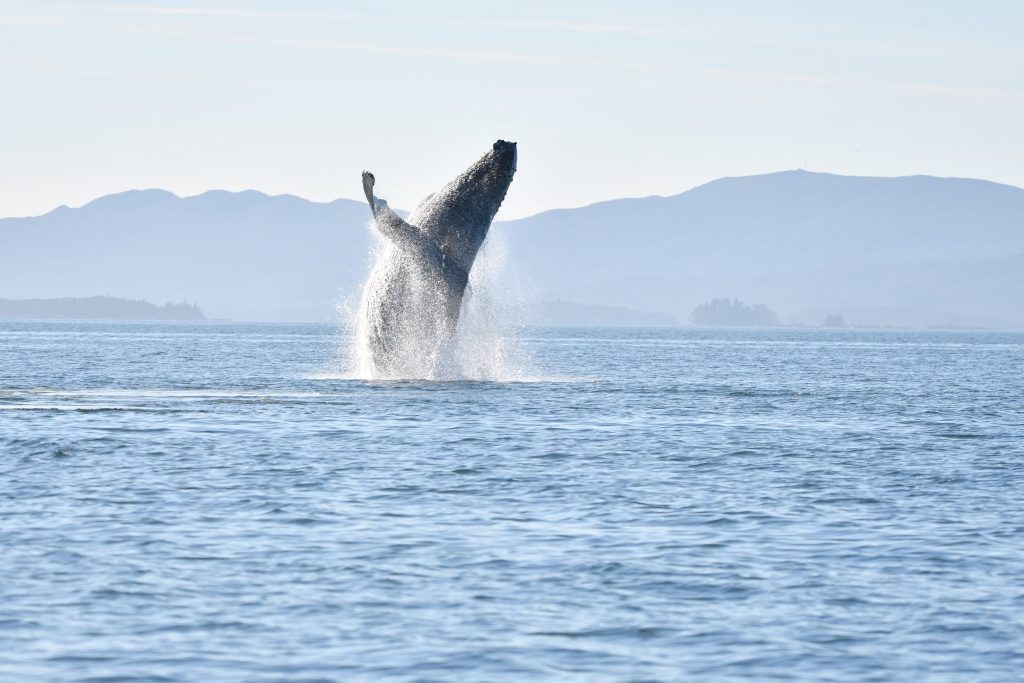
The primary goal of this work was using drones to assess the health of the humpback whales in the area. We do this by examining the body condition of the whale and, generally speaking, a fat whale is a happy whale! Additionally, the photos gathered will be sent to the Marine Education and Research Society (MERS) to contribute to their on-going humpback whale scarring study.
While the work at this time of the year is more focused on humpback whales, any whale encountered on the journey was documented and contributes to a greater body of research. In fact, the team was lucky enough to document a rare group of Bigg’s killer whales known as the T111s. After we submitted our photos to the folks who manage the Bigg’s killer whale historical database, we found out that prior to our sighting this group has only been seen twice in the last 11 years!
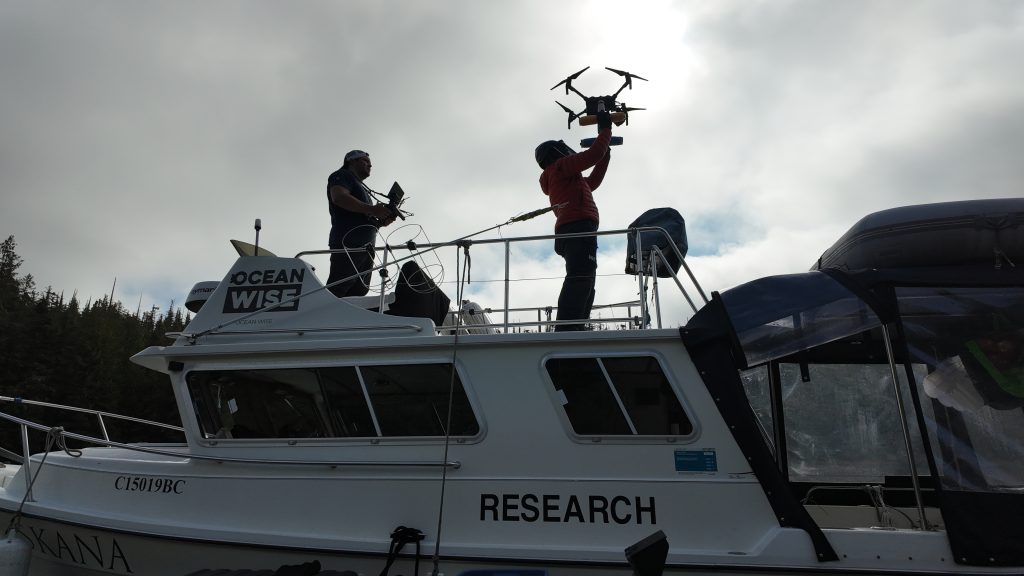
Now that Skana and the research teams have all returned safely, there is only time for a short rest before our next field season kicks into gear and the team is off again to uncover the winter secrets of the killer whales in the Salish Sea. Stay tuned!
Posted September 19, 2024 by Nic Schulz
